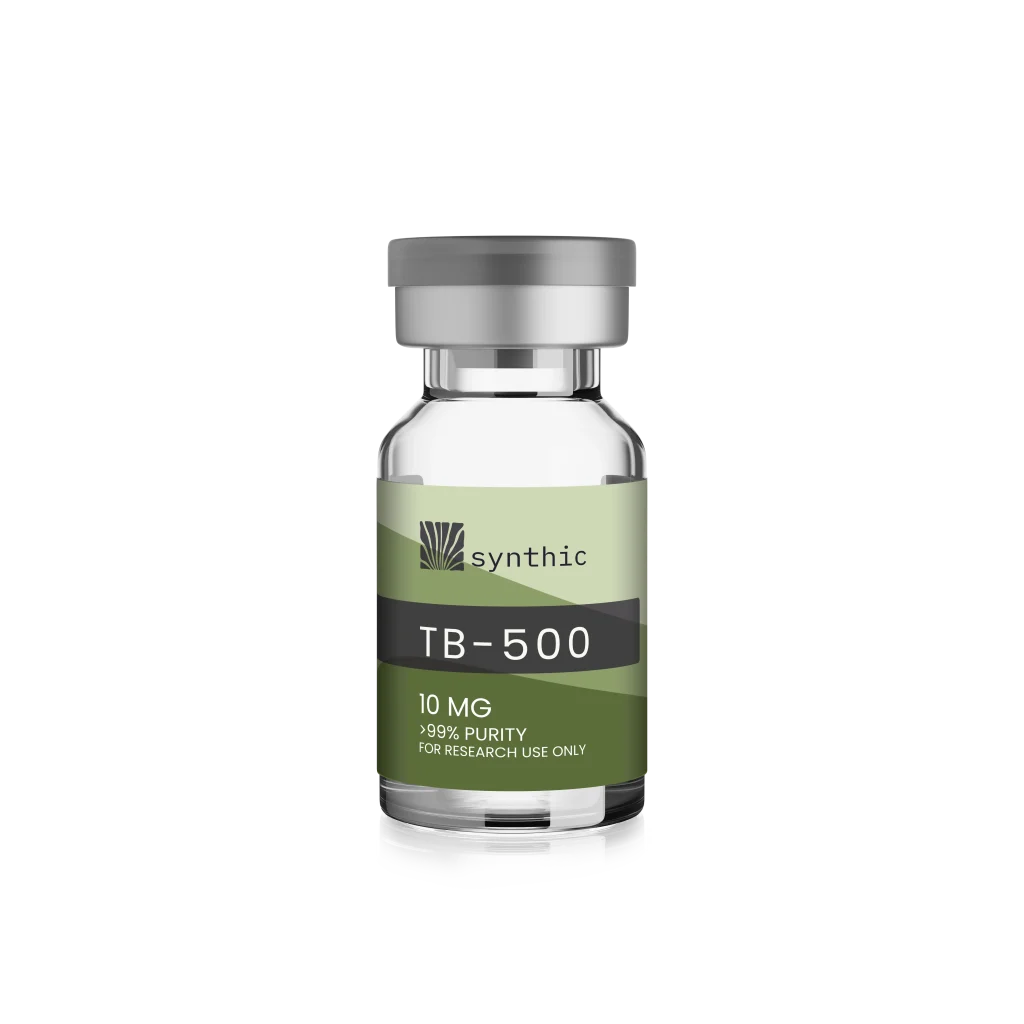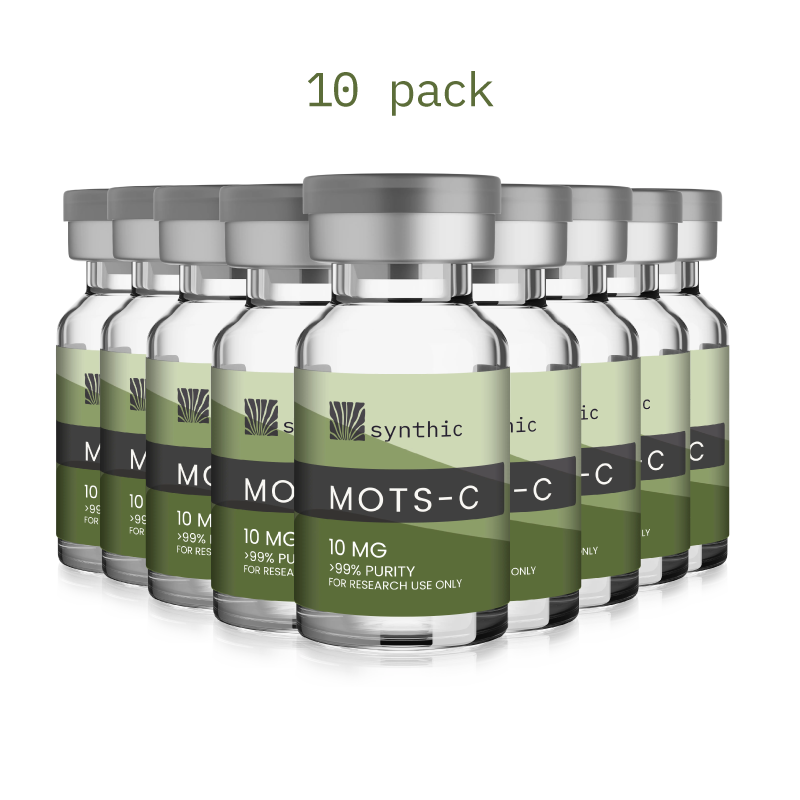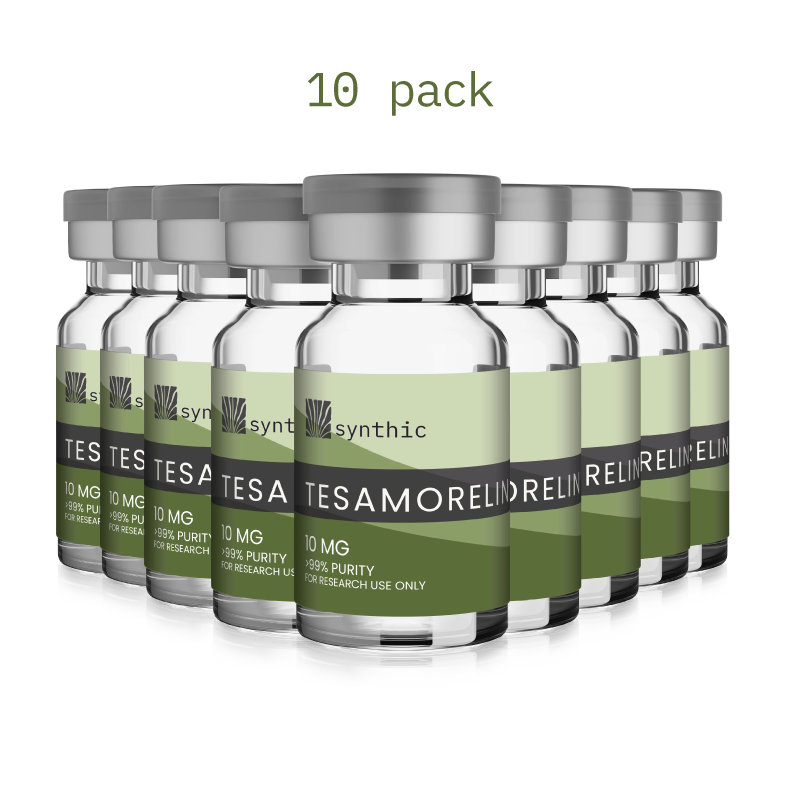Peptides like Tesamorelin and Ipamorelin have gained significant attention in clinical research for their roles in fat loss, growth hormone stimulation, and body composition improvement. While both act through growth hormone–related pathways, Tesamorelin stands out as the first peptide to receive FDA approval for targeted visceral fat reduction, marking a major milestone in peptide therapeutics.
This article summarizes the latest clinical research on Tesamorelin and Ipamorelin, highlighting their benefits, applications, and ongoing studies in fat metabolism and growth hormone support.
Tesamorelin: The Clinically Proven Pioneer for Visceral Fat Reduction
Tesamorelin is a synthetic growth hormone-releasing hormone (GHRH) analog designed to stimulate the pituitary gland to increase natural growth hormone (GH) secretion. It is FDA-approved specifically for reducing excess visceral adipose tissue (VAT) in HIV-associated lipodystrophy patients, making it a pioneering therapy in this space.
Key Clinical Findings:
- Visceral Fat Reduction: Multiple studies confirm Tesamorelin effectively reduces VAT without significant loss of subcutaneous fat or lean muscle mass. This is particularly beneficial because visceral fat is strongly linked to cardiovascular risk and insulin resistance.
- Improved Metabolic Parameters: Tesamorelin therapy has been associated with improved lipid profiles, reduced liver fat content, and better insulin sensitivity in several clinical trials.
- Safety Profile: Tesamorelin is generally well tolerated, with mild side effects such as injection site reactions, water retention, and transient joint pain reported.
- Broader Potential: Ongoing research is exploring Tesamorelin’s role beyond HIV, including applications for obesity, metabolic syndrome, and non-alcoholic fatty liver disease (NAFLD).
Tesamorelin’s status as a clinically approved peptide with well-documented efficacy and safety lends it a level of trust and reliability that continues to drive interest in growth hormone–based fat loss therapies.
Ipamorelin: A Promising Growth Hormone Secretagogue with Minimal Side Effects
Ipamorelin is a growth hormone secretagogue (GHS) peptide that stimulates GH release by binding to the ghrelin receptor in the pituitary gland. It is valued for its ability to boost GH secretion with minimal effects on cortisol or prolactin levels, reducing unwanted side effects.
Clinical Research Highlights:
- GH Pulse Enhancement: Clinical trials show Ipamorelin increases the frequency and amplitude of GH pulses, contributing to improved muscle growth, fat metabolism, and recovery.
- Body Composition: Studies indicate Ipamorelin can support fat loss and lean mass gain, often used in combination with other peptides like CJC-1295 for synergistic effects.
- Safety and Tolerability: Ipamorelin exhibits a favorable safety profile with low risk of side effects compared to other GH secretagogues.
- Potential Therapeutic Uses: Research is ongoing into Ipamorelin’s applications for age-related GH decline, muscle wasting, and recovery from injury.
Comparative Overview: Tesamorelin vs. Ipamorelin
| Feature | Tesamorelin | Ipamorelin |
|---|---|---|
| Mechanism | GHRH analog stimulating GH secretion via hypothalamus | Ghrelin receptor agonist stimulating pituitary GH release |
| Primary Use | Visceral fat reduction, especially in HIV lipodystrophy | GH pulse enhancement for muscle, fat metabolism |
| Clinical Status | FDA-approved for HIV-associated VAT reduction | Research peptide, investigational use |
| Side Effects | Mild injection site reactions, water retention, joint pain | Minimal, well-tolerated |
| Additional Benefits | Improved metabolic parameters, liver fat reduction | Supports lean mass, recovery, minimal cortisol effects |
Clinical Research Implications
Both Tesamorelin and Ipamorelin represent promising therapeutic peptides in managing body composition through modulation of the growth hormone axis. Tesamorelin’s pioneering FDA approval and well-established efficacy in reducing visceral fat make it a cornerstone peptide in metabolic fat loss research. Meanwhile, Ipamorelin offers a safer alternative for boosting GH pulses with minimal side effects and is actively being explored for broader applications.
Ongoing clinical trials continue to expand our understanding of how these peptides may complement each other or serve distinct roles in obesity, aging, and metabolic diseases.
Conclusion
Tesamorelin’s clinical approval and extensive research support its position as a trusted peptide therapy for targeted visceral fat reduction and metabolic improvement. Ipamorelin’s promise as a growth hormone secretagogue with a strong safety profile adds to the expanding toolkit for peptide-based body composition management. Together, these peptides exemplify the evolving science of harnessing growth hormone pathways to improve fat loss, muscle preservation, and overall metabolic health.



